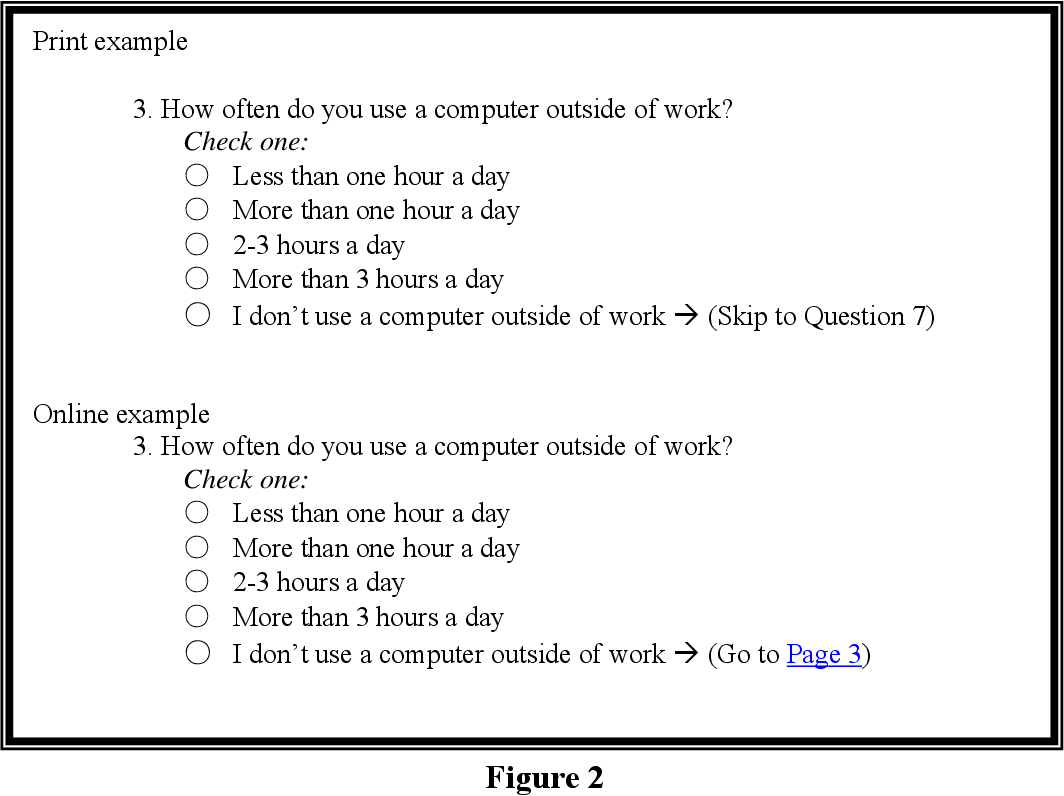When writing a legal research paper, students should outline all information they found. Highlight your main ideas and supporting details, and then use data to inform your reader. Some students don’t see the value of outlining their paper, thinking that it will be a waste of time. However, it can save you a lot of time when writing a law research paper. By following these tips, you will be on your way to writing a quality legal research paper.
Common mistakes in writing a legal research paper
The main body of the work should contain an analysis of a quotation, legal theory, case study, or document. Likewise, opinions on the legal issue should be supported by other documents or practices. Lastly, the conclusion should summarize the results of the essay. A good conclusion should paraphrase the thesis statement. The main body should include an appropriate bibliography. This is crucial because the bibliography must be properly formatted.
There are several different types of essays for law classes. Some are based on specific cases, while others are based on an analysis of a document. A common mistake law students make is not doing enough research before writing their legal papers. The professor can help them determine the essay type, but if they are unsure, they can always ask the instructor. Listed below are some common mistakes that law students make when writing a legal paper.
IRAC Method
Students who are assigned to write a legal research paper often have trouble writing the IRAC analysis section. The reason for this is because the circumstances of each case can vary widely. For example, one court decision can be quite different from another. The case law in your state will differ quite a bit, so be sure to use this local case law when analyzing the legal precedents. You can even ask your professor for specific grammatical rules or other details to avoid confusion.
The IRAC Method is a process that helps you organize the answers to questions posed by your professor. It is not the only structure that a student should use, but it can help them stay focused and covered all the bases. Just remember that you cannot hide behind a framework. It can never replace good research or analysis. It is always important to understand the requirements of a particular assignment before starting your research paper.
Sub-headings
When composing a legal research paper, it is important to use sub-headings. They provide structure and organization to your paper, and should act as a series of sub-topics, each reflecting an argument required to support your thesis statement. It is important to remember that examiners expect all components of your paper to be used together. For example, Julie Cassidy writes, “It is Time for an Australian Federal Bill of Rights.”
In APA style, there is an allowance for up to five levels of headings. Generally, the number of levels depends on the complexity of the paper and its length. Headers are not numbered, but they are formatted differently to reflect the text hierarchy. If you have more than one level of headings, it is important to include a title that clearly describes the sections within your paper. It is also important to note that you cannot include sub-headings in APA style.
Organizing your paper
There are several steps that must be followed when organizing your legal research paper. You must know who you are writing the paper for and identify your audience. Then, you need to define your question, analyze the law, cite sources correctly, and form your conclusions. Remember, the goal is to present the information in a manner that the reader will understand, so they can decide how to proceed with it. You should keep your legal research paper as concise and to the point as possible.
During the preliminary stage of planning, it is crucial to take notes. Some researchers write down their notes in a log, while others use a digital workspace platform to annotate their notes. There is no right or wrong way to organize your notes, but you should make sure that they are detailed and organized. This is essential as you will likely need to refer back to them throughout the writing process. Once you have the documents, save them to a folder. You can also use software that allows you to organize your research into folders based on your topic or case.
Using current law as a source
Using current law as a source for legal research papers requires careful consideration. Not only do future legislatures change statutes, but they may also revoke them. Additionally, many online collections of statutes are not updated. For instance, the online U.S. Code is usually a year out of date. And new federal legislation takes time to enter into the organizational structure of the country.
Secondary sources are also important. While these are a useful research tool, researchers will rarely cite them in formal documents. They should also not rely on secondary sources’ analysis of primary authorities; they must independently conduct their own analysis. The nuances of current law change quickly and the secondary sources may not be the most reliable sources. Therefore, it is important to double-check primary sources to make sure they reflect current law.
Writing a conclusion
The conclusion part of a legal research paper should summarize the key points of your legal research. You should not copy the main body and introduction and add new arguments. The introduction and conclusion parts of your paper should be written separately. You may wish to consult a writing guide for legal research papers. The following are some tips for writing a conclusion for a legal research paper:
The conclusion is essentially a judicial opinion. It is also known as a regular term paper. A good source for information about the history of the appellate process is Shephard’s book. This book contains the history of the entire appellate process. The conclusion can either repeat the arguments or refute them. It is often useful to use both types of conclusion. While writing a conclusion, keep in mind the purpose of your paper.




